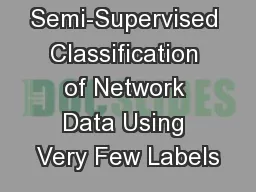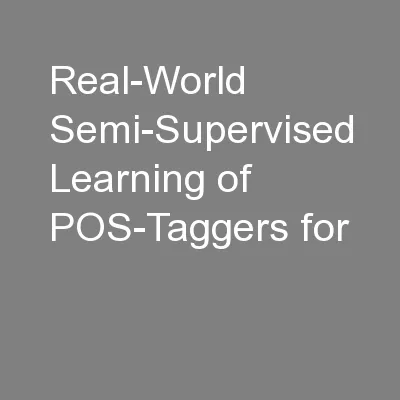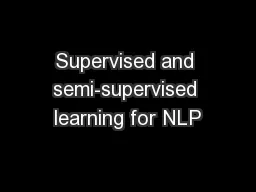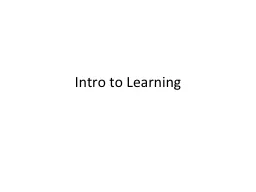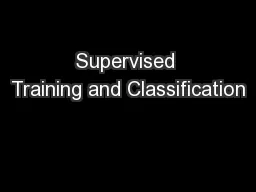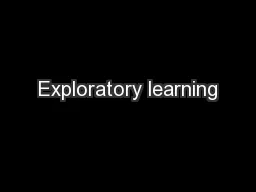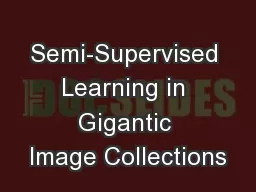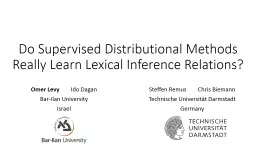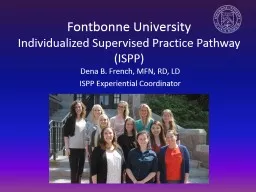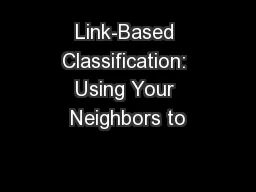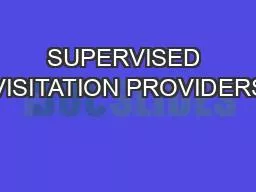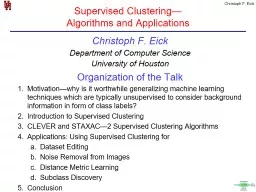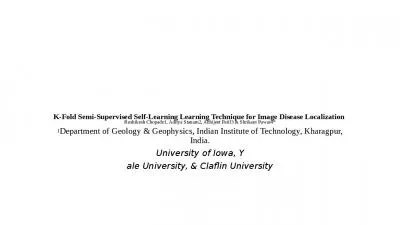PPT-Semi-Supervised Classification of Network Data Using Very Few Labels
Author : marina-yarberry | Published Date : 2018-09-22
Frank Lin and William W Cohen School of Computer Science Carnegie Mellon University ASONAM 2010 20100811 Odense Denmark Overview Preview MultiRankWalk Random Walk
Presentation Embed Code
Download Presentation
Download Presentation The PPT/PDF document "Semi-Supervised Classification of Networ..." is the property of its rightful owner. Permission is granted to download and print the materials on this website for personal, non-commercial use only, and to display it on your personal computer provided you do not modify the materials and that you retain all copyright notices contained in the materials. By downloading content from our website, you accept the terms of this agreement.
Semi-Supervised Classification of Network Data Using Very Few Labels: Transcript
Download Rules Of Document
"Semi-Supervised Classification of Network Data Using Very Few Labels"The content belongs to its owner. You may download and print it for personal use, without modification, and keep all copyright notices. By downloading, you agree to these terms.
Related Documents

